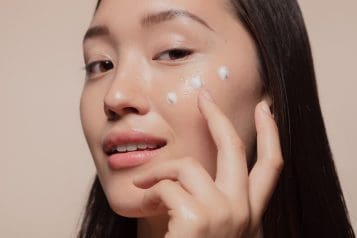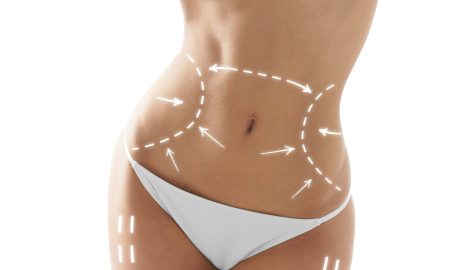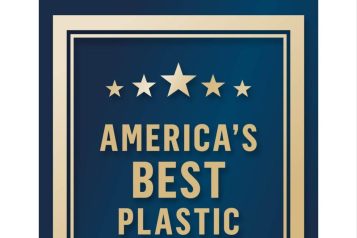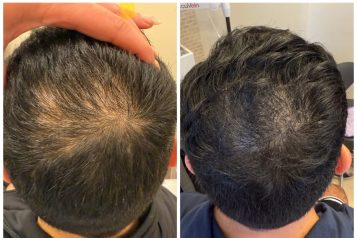 Photo Credit: Barillo Images/Shutterstock
Photo Credit: Barillo Images/Shutterstock
Lacey Foster, Morvarid Mehdizadeh, Samuel Lin, MD, FACS
Face tape is a non-invasive and temporary cosmetic tool that uses adhesive strips to lift and smooth the skin for a more rejuvenated appearance. Typically applied to areas like the jawline, cheeks, or upper eyelids, it provides a tightening effect that enhances facial contours and reduces the appearance of wrinkles or excess skin laxity.1 Some individuals also use face tape to create a temporary crease in the upper eyelid, mimicking a "double eyelid" effect and making the eyes appear larger.2 Its affordability and ease of use make it an attractive alternative for those who are not ideal candidates for surgical procedures or for whom botulinum neurotoxin and dermal fillers may be ineffective.1
To achieve the best results, face tape should be applied to a clean and dry surface. The face should be thoroughly cleansed to remove any oil or impurities before applying a transparent, colorless tape like 3M Scotch Magic tape.1 The tape can be cut into appropriate sizes and positioned along the areas to be lifted or defined.1 By pressing the tape firmly onto the skin and applying tension in the desired direction, the lifting effect can be achieved, with the tape concealed into the hairline.1 For further discretion, makeup can be applied over the tape. Most users do not experience discomfort, and removal is typically painless. However, if any irritation occurs, use should be discontinued, and a physician should be consulted. While face tape is generally safe, individuals with sensitive skin may experience redness or irritation. Those with potential adhesive allergies should conduct a patch test before applying the tape to the face. Additionally, removing the tape too quickly may cause discomfort, so it is important to be gentle when taking it off. Face taping is a temporary solution for wrinkle reduction, making it ideal for special occasions or as a non-invasive alternative to surgery. However, there is no strong evidence to suggest that regular use results in lasting skin changes or permanently diminishes wrinkles.
For longer-term wrinkle reduction, other minimally invasive options include botulinum neurotoxin injections, such as Botox, which temporarily relax the muscles that cause dynamic wrinkles, and dermal fillers, which restore volume and smooth deeper wrinkles. For those with more significant skin laxity and wrinkle development, surgical facelifts offer a more permanent solution.
References:
- Dorafshar AH, Aycock JK, Gottlieb LJ. Surgical adhesive tape for facial rejuvenation. Plast Reconstr Surg. 2009;123(2):62e-63e. doi:10.1097/PRS.0b013e318195959a
- Yang K, Wang X, Sun Y, et al. Implications of Long-Term Double Eyelid Tape Use. Aesthetic Plast Surg. 2025;49(1):75-86. doi:10.1007/s00266-024-04453-9
For more information, visit Dr. Samuel Lin's social media:






















